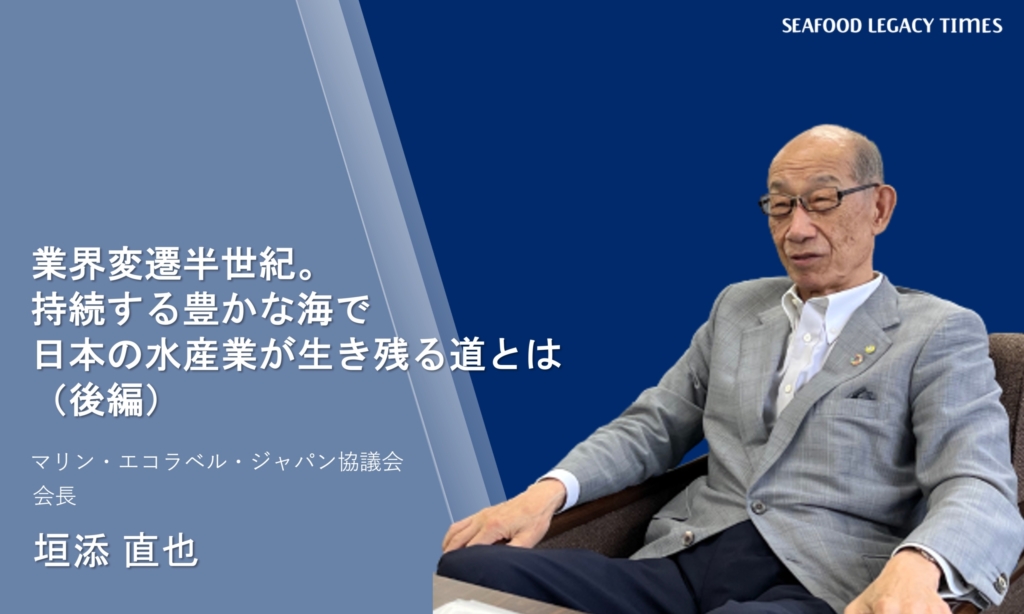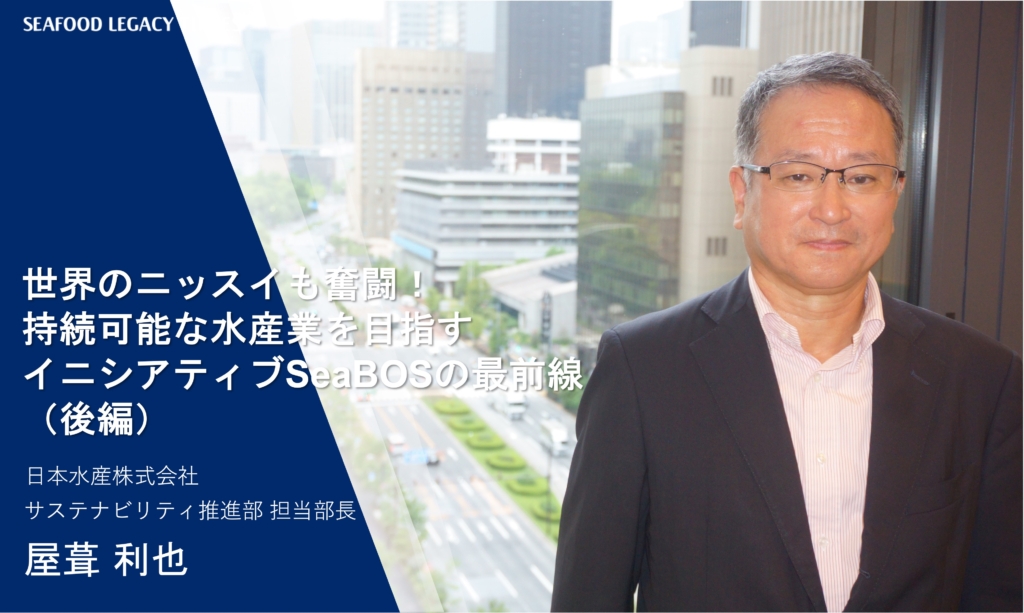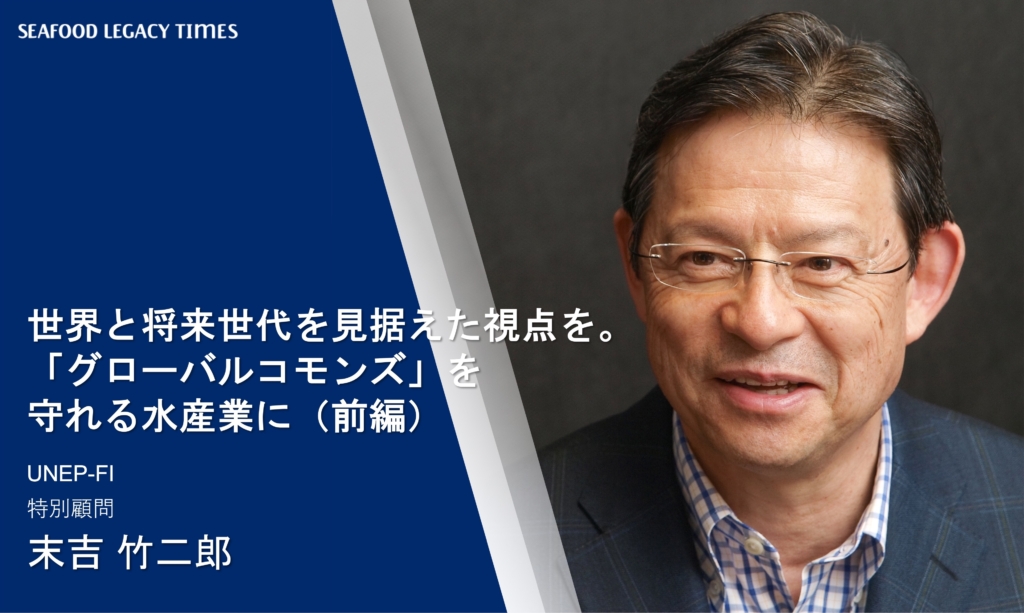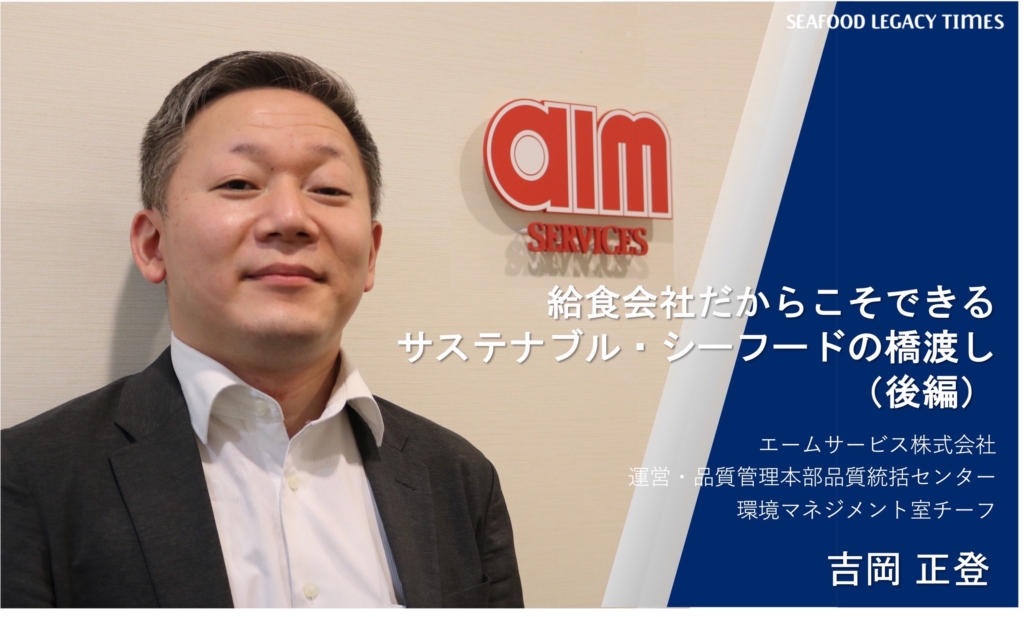
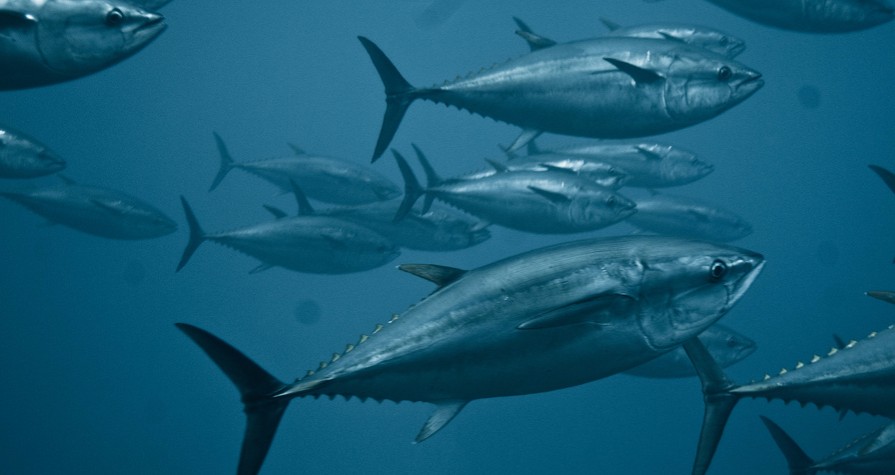
こちらの記事の日本語版は「東京オリンピック調達コード第1版発表!気になる水産物の基準は?」を御覧ください。
In December 2016, the Tokyo Organizing Committee for the Olympic and Paralympic Games (TOC) announced the draft of “Sustainable Sourcing Code for Fishery Products.” Over 200 public comments were submitted to TOC, and Seafood Legacy gathered supportive statements from over 30 organizations around the world to encourage Tokyo to raise their standards.
See the supportive comments: Toward 2020 (English)
TOC original: DRAFT “Sustainable Sourcing Code for Fishery Products“(English)
Seafood Legacy’s statement : “Risk of Unsustainable Seafood Use for Tokyo 2020 Olympics“ (English)
TOC original: FINAL “Sustainable Sourcing Code for Fishery Products” (Japanese, @ p.48)
After the series of discussions and reviewing public comments, TOC announced the Sustainable Sourcing Code (1st ed) in March 2017, which includes the procurement policy for seafood. The English version of the Sourcing Code is not published yet, but here is what seafood policy looks like for the Tokyo 2020 Olympic Games.
MEL, MSC, AEL, and ASC certifications are considered to satisfy the conditions above. Additionally, the Sourcing Code included other certification schemes which meet FAO’s guidelines with reference to GSSI (Global Sustainable Seafood Initiative) benchmarking.
The domestic eco-labels MEL/AEL have many issues within the evaluation processes, stated here, and have not yet met FAO’s guidelines or have not been recognized by GSSI. With increasing pressure from the global stakeholders, MEL is undergoing the major systematic reformation of the organization and its evaluation processes. In fact, MEL is accepting public comments on the new Fisheries Certification Standard until May 2017.
Despite our concerns with the domestic eco-labels, we are excited to see positive changes. We hope that within the next 3 years, MEL/AEL will improve their certification schemes and review all the certified fisheries before the Olympics.
The “national / local recognized plan” listed on b. and c. indicate “Resource Management Guidelines and Plans (wild caught)” and “Aquaculture Area Improvement Plan.” Both plans are developed and conducted by the fishermen based on each prefecture’s guidelines. By accepting these plans, the majority of domestic seafood are qualified for the Sourcing Code. Over half of marine resources in coastal Japan are at low levels; the effectiveness of the plans are questionable.
On the bright side, the Tokyo 2020 Games are the first Olympic Games to officially support and procure from FIP and AIP fisheries. FIP and AIP were added to the Sourcing Code after public comments and NGO statements. We would like to congratulate TOC for taking the lead on this and supporting fisheries which pursue good practices. This is a great way to encourage fishermen to improve the plans described above.
In this Sourcing Code, TOC focused on “promoting Japanese fisheries to the world” rather than taking this opportunity to reform and develop sustainable market models in the Japanese seafood industry. In order to revitalize a declining Japanese seafood industry, advertising the “Japan brand” to the bigger global market is very important. However, in such markets, “sustainability” is the new standard and becoming a requirement for many business’ procurement policies. We at Seafood Legacy believe that adopting sustainable seafood is the key to revitalizing the declining Japanese fisheries industry. The Olympic Games is a great milestone, but it is not the goal. We will keep working closely with Japan’s leading retailers to change the market toward 2020.

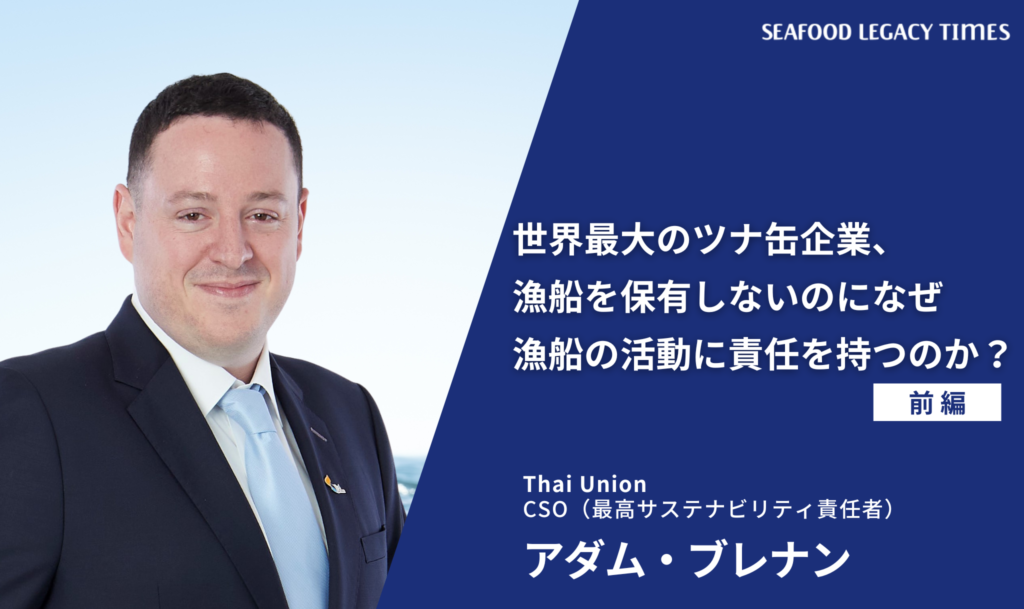

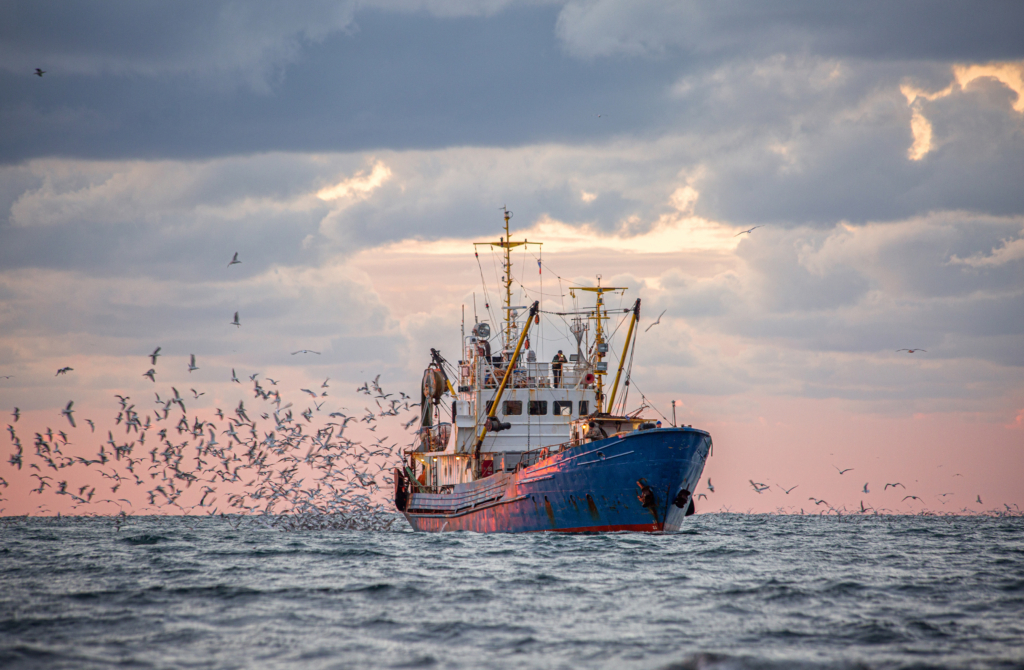












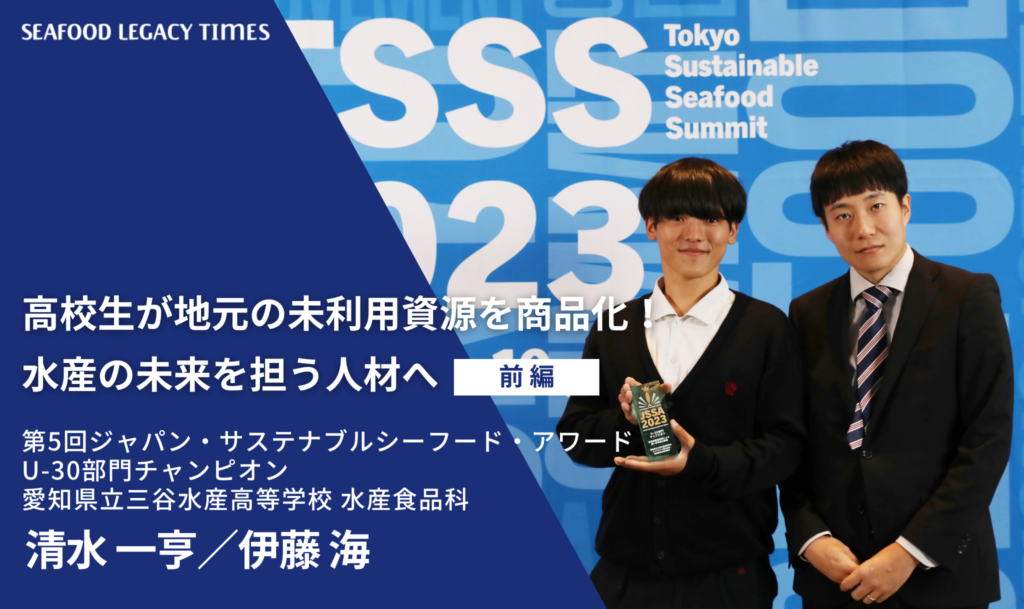







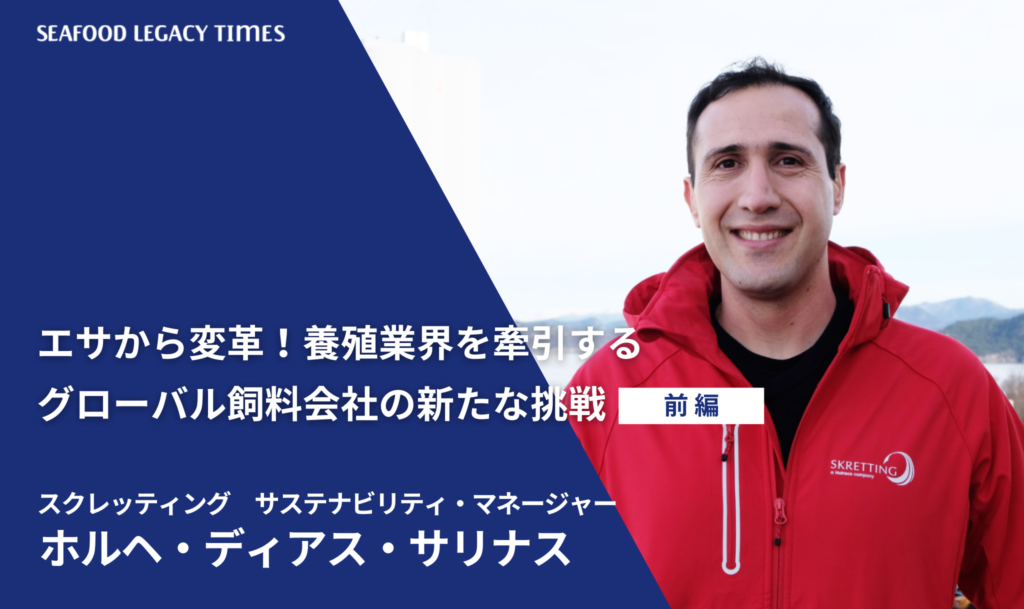

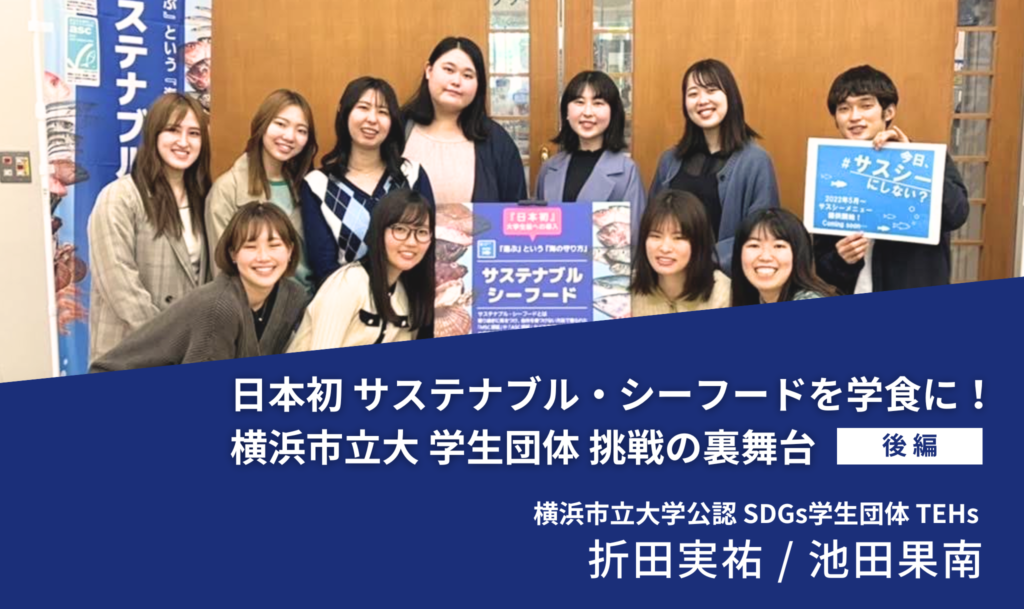
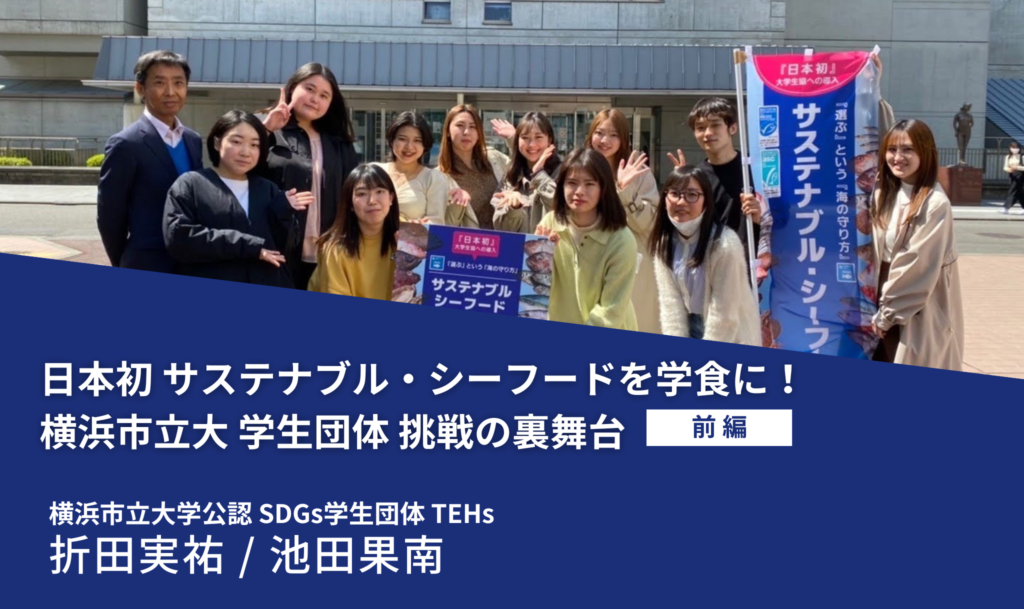
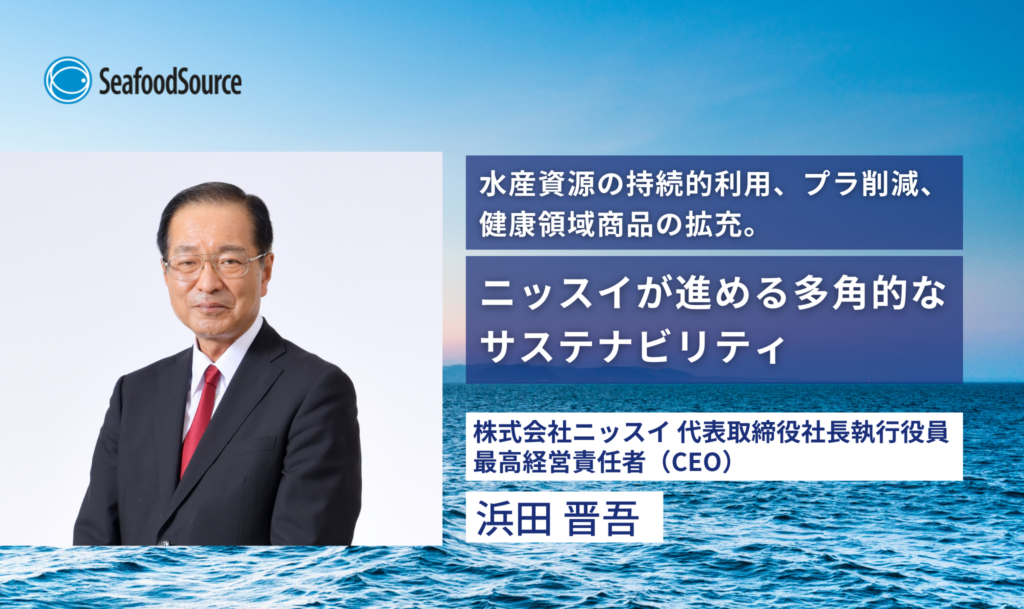



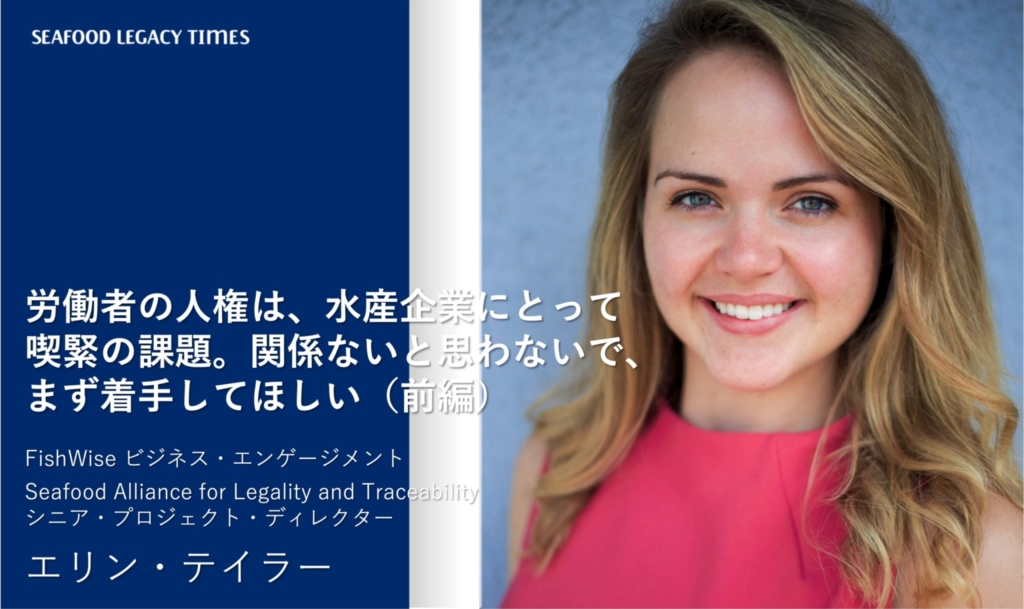

-2048-×-1218-px-1-1024x609.png)















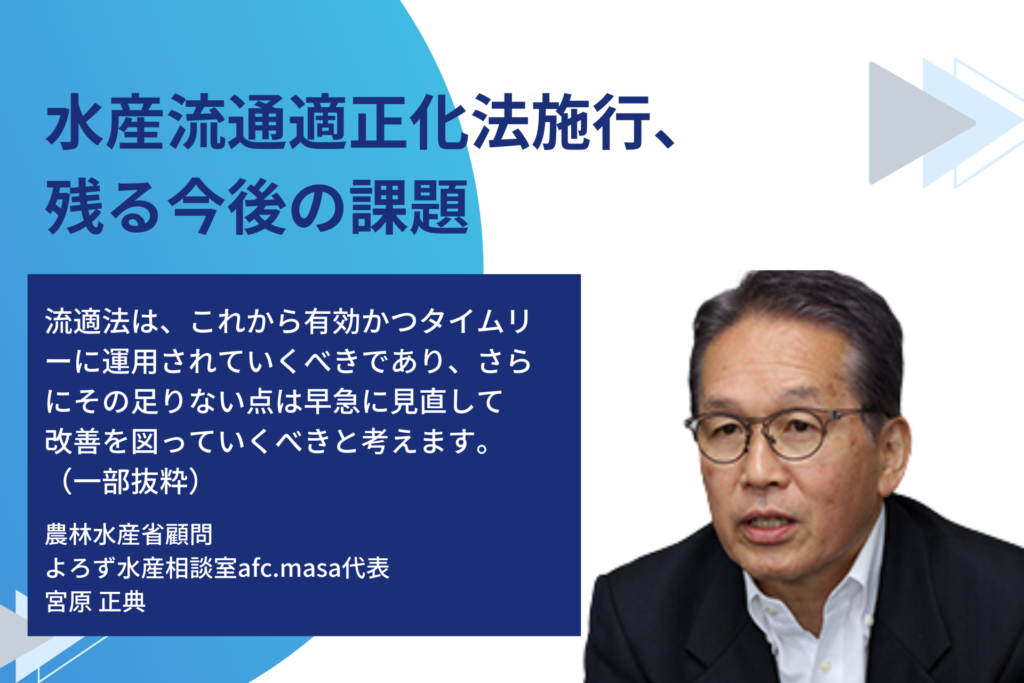











-2560-×-1536-px-1024x614.png)

